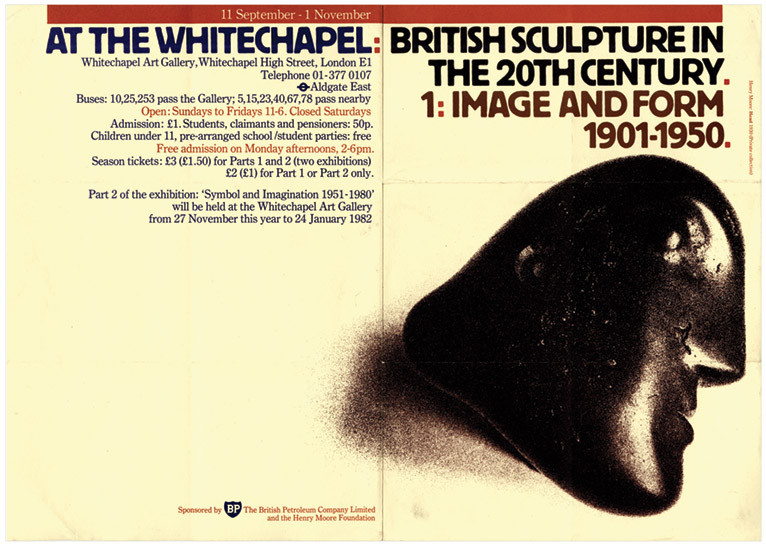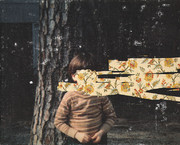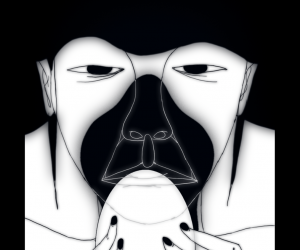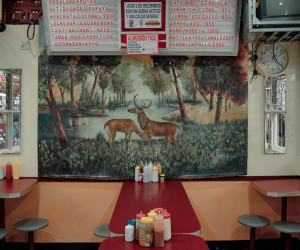
A Lecture With Richard Hollis
Posted by Fabio 7 October 2009
A lecture with acclaimed Graphic Design and writer Richard Hollis. In this lecture Richard Hollis talks about his life obsessions with paper and folding and how his experience as a printer allows him to exploit technical means in the interests of economy.
Confessions, Explanations, Apologies by Richard Hollis
We’re all part of history. Here examples of my own work are a personal history, a story of changing attitudes, the story of changing technology. After working as a designer for forty years, quite by chance I started writing about the history of design. I tried to make an objective record, but of course, the work I chose to talk about was what interested me as a designer. Someone who is not a designer might look at the material in quite a different way – a social historian, for instance.
This is about how I work, or have worked, what’s in my mind, what seems important. So it’s subjective history. Useful, perhaps, as a designer can put his own work into the context in which it was made – give details of the client, the economics, the technology of the time, the user. And also the climate of the time – social, political, aesthetic.
It is history in the sense that, when I began working as a designer more than 50 years ago circumstances were very different. The changes in technology have transformed the methods by which images are made, reproduced and disseminated – the move from black-and-white letterpress on paper to moving digital images, in full colour and in motion. The main difference is that jobs can now be done at a speed unthinkable fifty years ago, and that most processes, from typesetting, image generation, page make-up, are all in the hands of the designer, not of specialists in the printing trade. Paper is almost the only material shared by the designer and printer. The computer has made pencil and pen almost obsolete, and gone are the tracing papers, coloured papers, scissors, scalpels and rubber gum, type sheets and type scales, and with them has disappeared the time of physical manipulation of the elements of a design.
At no time is a single designer, individually, typical of the design profession. Chance plays a large part in what any designer does, how and where they were trained, who they work for. In some cases, certainly mine, they work chiefly for friends, or friends of friends. And their clients can become friends. Some of my friends were writers, some artists. The work reflects this. The greater part has been for publishers and art galleries. And the work reflects personal attitudes.
Preparing for this talk, looking at the work, the most consistent obvious aspect is the attempt at “integration”. That’s to say, making things belong together, whether it’s word and image in a particular job, or unifying the elements, all the bits and pieces that go with an event, so that they are the consistent expression of an idea. The earliest example of this can’t be illustrated. About 1957 I worked on the production of a play at Kidderminster Theatre. (A friend was the producer.) I designed the set, painted it, designed the programme and poster, and had a walk-on part in the play. Maybe pretentious, but an attempt at ‘total design’…..Full article and 30 min lecture on DVD, featured in FILE Issue 2
Richard Hollis is also featured on our first monthly Mixtape










